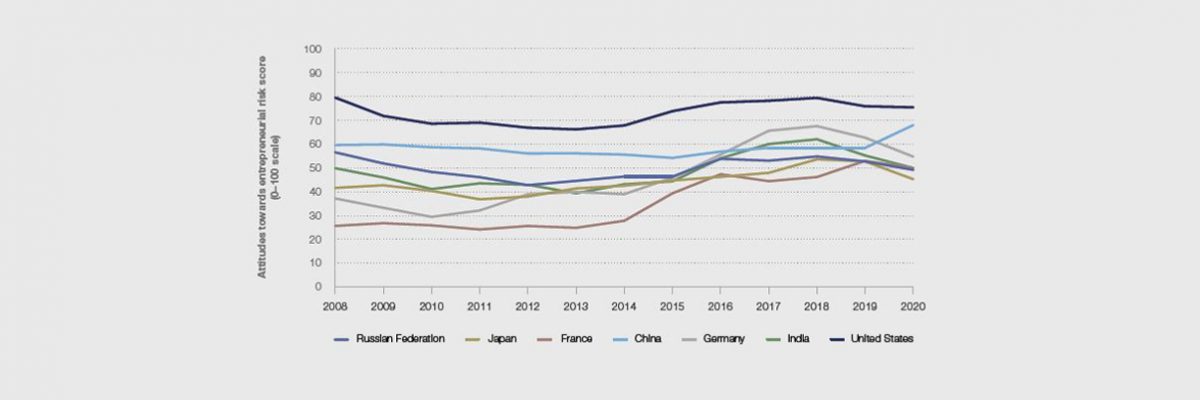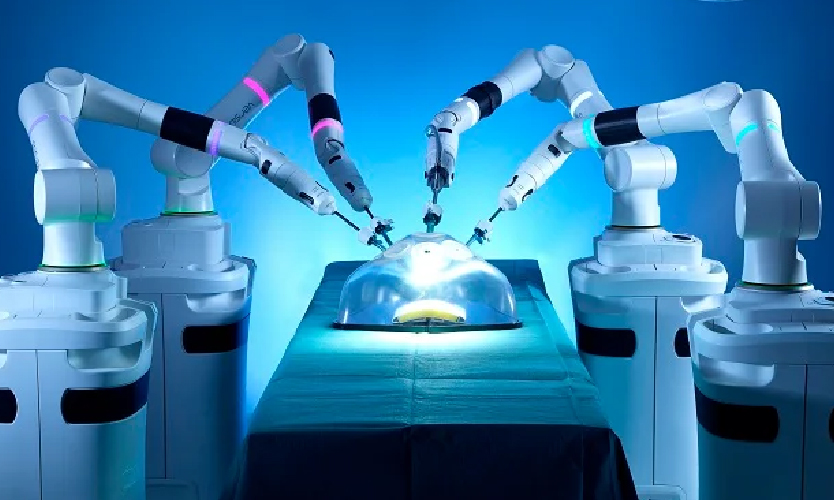Innovation is the main catalyst for scientific progress and socio-economic development. It aims to improve technology for all kinds of needs through rational thinking and collective working models. Often, innovations are effective enough to completely change our lifestyles. Times of crises usually create an enabling environment for innovation, by altering our daily routine. State of anxiety caused by crises such as pandemics, famines, wars, economic collapses increase the innovation capacity of societies. In a similar vein, the tendency to innovate is based on five factors: crisis management, suitable physical environments, human resources, market support and interactive ecosystems. Moreover, creation of innovative environments by countries, educational institutions, and businesses increases individuals’ interest and capacity for innovation and leads to innovative working methods. What is the place of innovation in the recent past and what does its future look like? And what is the impact of the current pandemic on innovation?
Innovation During and After Crisis

Innovation Due to Crisis
COVID-19 pandemic that emerged at the beginning of last year is now affecting the whole world. Protective measures fundamentally changed daily life, social and economic paradigms. No country was prepared for pandemic, innovative solutions once again showed the importance of creative thinking. Anxiety, fear and helplessness caused by the pandemic got medical researchers to concentrate on finding a solution for this virus. Unsurprisingly, the stressful environment shortened the development of Covid-19 vaccine from years to months. When we look at today’s epidemic from a historical perspective, we can see that it is what we would a ‘crisis period’. In the past, similar environments were seen during as famines, wars, economic collapses. Despite the chaos, a common characteristic of all these periods have been the acceleration of innovation.
The urgent need for innovative ideas requires researchers to work harder and approach problems from different perspectives. In addition to this, companies which are under pressure to find a solution transfer all their investments to crisis related projects, allow innovators focus on a single research subject and take risks that may be deemed excessive in normal periods. Innovative processes flourish as a result of increased investment and increased workload.

How Crises Accelerates Innovation
Researchers cite four crisis specific factors that accelerates innovation:
- Concentrated research: In normal periods, research is conducted after a rigorous market/gain analysis process and a minimum number of researchers are employed to work on variety of subjects. However, during crisis, employees from various sectors join forces and work towards a single goal. The larger the research groups are and the more limited the subject, the shorter the time it takes to reach the solution.
- Increased investment: Purchasing power of a research increases when monetary support, which is normally divided between a variety of investments, is channeled towards a single problem. Consequently, increased investment allows many hypotheses to be tested simultaneously, wrong solutions to be eliminated instantly and answers to be reached quickly.
- Risk taking: Outside crisis periods, companies make a small amount risky investments. But the urgent need for a solution during crisis, pushes companies to increase the number of risky investments they make. Alongside the number of risky investments companies make, they also make riskier investments, due to the sense of urgency.
- Intense work tempo: In order to solve urgent problems in a limited time, an intense work pace, which may be too much employees in normal time, is implemented during crises. Such a workload, which cannot be constantly endured, is accepted by the employees, with the understanding that things will return to normal in the near future. When workforce and hours increase, the process of reaching a solution gets shorter.
Defining Innovation In Normal Periods
Historians use the terms “suitable environment”, “human resource”, “market support” and “innovation ecosystems” to describe innovation trends. Aforementioned terms define the capacity and focus of innovation at any given time. These terms are explained by analyzing the “human”, “world” and “workforce” aspects involved in innovative processes. Furthermore, lack of even just one of these factors significantly reduces a society’s tendency to innovate. These four factors are detailed as follows:
- Suitable Environment: Environments that support innovation are societies where scientists and entrepreneurs feel safe and respected. Four characteristics of an innovative society is high socio-economic equality, democratic rule, respect towards scientific research by state, and easily accessible public services such as health, transportation, security and retirement.
- Human Capital: In addition to knowledgeable, educated researchers, people with original ideas are necessary to innovate. This type of creative researchers are described as “human capital.” The most important prerequisite for human capital is noted as quality and purpose-built further education. In the absence of these prerequisites, a research cannot reach its full potential, either due to lack of interest in science, a mismatch of skills and a conflict of interest.
- Market Support: Innovative ideas are developed by spending business hours, manpower and technology factors which an exist within a financial framework. For this reason, economic support from companies and countries is critical to advance research. Market stability and interest in ongoing research significantly improves an innovation environment by increasing economic support.
- Innovation ecosystem: New innovations do not emerge from nothing they are based on previous research and available information. When access to information and market support is evenly distributed among the society, more individuals have the opportunity to innovate. Equal opportunity allows people with different experiences to work in the same environment, creating a setting where original ideas flourish and increasing innovation capacity.
Innovation in the Recent Past

Historians refer to the past 10-15 years as the “period of normalcy between 2008 financial crisis and Covid-19 pandemic crisis”. During this period, innovative environments were negatively affected by increasing government corruption, decreasing salaries and shrinking personal savings. Similarly, human capital was negatively affected by outdated education systems, insufficient government services for growing populations and unrewarding work incentives. Although there was increased market interest in innovative activities during the in-between-crises-period compared to pre-economic-crisis-period, innovative growth remained limited because of the fact that only developed countries benefited from this support. Moreover, an analysis of innovation ecosystems showed the positive effects of entrepreneurship culture but also pointed out the lack of applied technological developments.
Innovation During Crisis
Innovation trends are changing rapidly due to the current pandemic. Currently, the challenges of the past and pandemic are driving innovative environments to bankruptcy. Moreover, low wages, unemployment and lack of state funded social support are causing anxiety in innovation circles. Potential innovators are avoiding entrepreneurial jobs and working in well-established companies to guarantee stable income. At the same time shrinking businesses are reducing their research and development investments in order to protect their own assets. Luckily, the pandemic does have some positive effects of on innovation as it encourages companies to offer unlimited opportunities to crisis related research.
Innovation After Crisis

After the pandemic social change is necessary for innovation to once again reach pre-pandemic levels. Sociologists recommend that after the pandemic countries invest in innovative environments, energy and technology infrastructures and prepare long-term social service resolutions to gain back the trust of citizens. In addition to these recommendations, experts also suggest revision of labor laws centering on employee well-being. Apart from country-level investments, researchers are also encouraging companies around the world to prepare for any anticipated future crises. Researchers add that establishment of re-skilling programs for the middle-aged population and employees training holidays are crucial to help human capital to reach its maximum potential. It is also recommended a balance between local and global production is created for the welfare of societies, stable economic systems and equal entrepreneurship opportunities. Lastly, it is suggested that government and companies support research and development.
The Value of Innovation

Innovative ideas are increasing as entrepreneurship get more popular and has the chance to become new R&D model for our problems. Creative solutions are crucial in times of crisis and are excellent opportunities to design the future. Innovative approaches, companies and ideas need time and financial opportunities to develop but, in the end, make life easier by solving the most challenging the problems of our societies.
 Primitive Use of Artificial Intelligence: A Look from Past to Present
Primitive Use of Artificial Intelligence: A Look from Past to Present  The Future of Medical Design
The Future of Medical Design  A Night Full of Prizes: Celebrating 4 Wins at iF Design Awards 2023
A Night Full of Prizes: Celebrating 4 Wins at iF Design Awards 2023